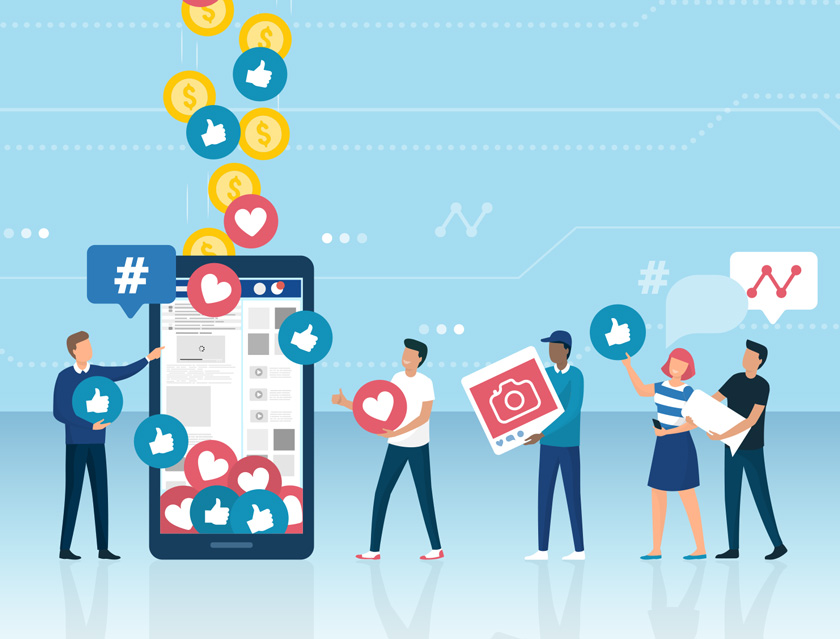What are the key differences between organic and paid social media marketing?
Social media marketing is a powerful way to reach and engage your target audience, but it can also be confusing and overwhelming. There are so many platforms, strategies, and terms to learn and master. One of the most common questions that marketers face is: what are the key differences between organic and paid social media marketing?
Organic social media marketing
Organic social media marketing refers to the free content that you share with your followers and potential customers on your social media accounts. This includes posts, photos, videos, stories, memes, and any other type of content that showcases your brand personality, values, products, and services.
Organic social media marketing helps you to:
- Raise brand awareness and loyalty
- Build relationships and trust with your audience
- Provide customer service and support
- Drive traffic to your website or landing pages
- Generate leads and conversions
However, organic social media marketing also has some challenges and limitations. For example:
- It is highly competitive and crowded, as you have to compete with other brands and users for attention and visibility
- It is subject to algorithm changes, which can reduce your reach and engagement
- It requires a lot of time, effort, and creativity to produce and distribute quality content
- It can be difficult to measure and optimize your results and ROI
Paid social media marketing
Paid social media marketing, on the other hand, involves spending money to promote your content or ads to a larger and more targeted audience on social media platforms. This includes sponsored posts, boosted posts, carousel ads, video ads, stories ads, and any other type of ad format that suits your goals and budget.
Paid social media marketing helps you to:
- Expand your reach and exposure to new and relevant audiences
- Increase your brand awareness and recognition
- Generate more leads and conversions
- Test and optimize your campaigns and creatives
- Track and measure your results and ROI
However, paid social media marketing also has some drawbacks and challenges. For example:
- It can be expensive and require a significant budget
- It can be complex and require a lot of skills and knowledge to manage and optimize your campaigns
- It can be affected by external factors, such as privacy policies, ad blockers, and competition
- It can be intrusive and annoying to some users, who may ignore or skip your ads
So, which one is better: organic or paid social media marketing? The answer is: both. By combining organic and paid social media marketing, you can create a more effective and holistic social media marketing strategy that will help you achieve your goals and grow your business.
